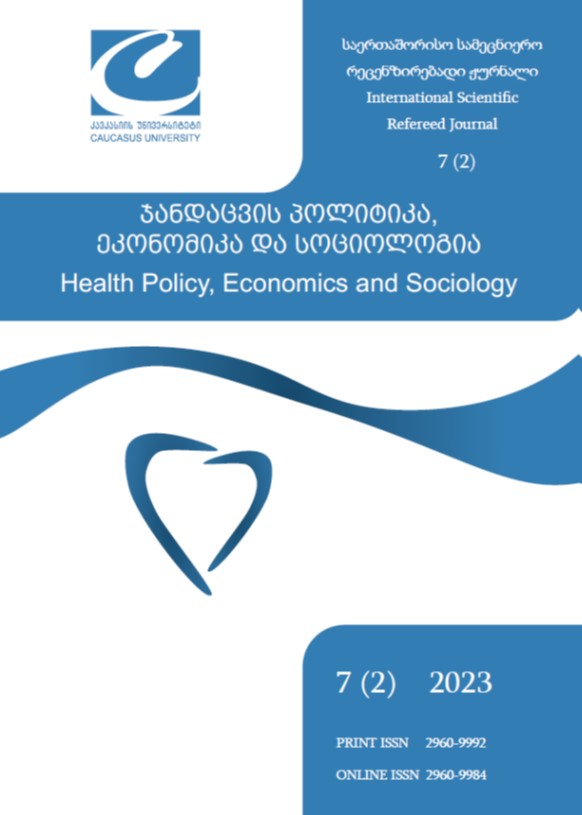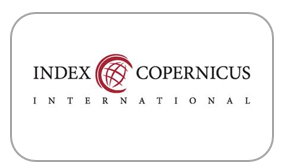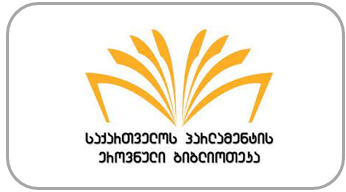არტთერაპიები - სამყაროს გაფართოების შესაძლებლობა
DOI:
https://doi.org/10.52340/healthecosoc.2023.07.02.11საკვანძო სიტყვები:
ფენომენოლოგია, ესთეტიკური ანალიზი, პოეზისი, დეცენტრირება, ექსპრესიული არტთერაპიაანოტაცია
ბუნების ძალების მიმხრობას, ხილულ და უხილავ სამყაროსთან ურთიერთობას და ქაოსსა და შიშთან ხელოვნების გზით გამკლავებას ჯერ კიდევ პრიმიტიული ადამიანები ცდილობდნენ. ხელოვნების შესახებ თეორიების ჩამოყალიბებაც უძველესი დროიდან, ანტიკური ხანიდან დაიწყო. განვითარების მრავალსაუკუნოვანი ისტორია აქვს ფსიქიკური აშლილობების შესახებ წარმოდგენებსაც, თუმცა, ფსიქიატრიამ, როგორც სამედიცინო დარგმა და ფსიქოთერაპიამ, როგორც მკურნალობის მეთოდმა, 19-ე საუკუნიდან აიდგა ფეხი. არტთერაპია, როგორც ფსიქოთერაპიის მეთოდი, კიდევ უფრო ახალგაზრდაა და ორი დისციპლინის შეჯვარებით მიღებულ ჰიბრიდს წარმოადგენს. მიუხედავად არსებობის მოკლე ისტორიისა, არტთერაპიის მრავალი თეორია ჩამოყალიბდა, მათ შორის ფენომენოლოგიური მიდგომა, რომლითაც ექსპრესიული არტთერაპიის სკოლა ხელმძღვანელობს. მიუხედავად იმისა, რომ ყველა სხვა ფსიქოთერაპიული მიდგომისგან განსხვავებით, რომლებსაც მხოლოდ მეტაფიზიკური სხეული - მეტყველება აქვთ ინსტრუმენტად, არტთერაპიას უხვი მტკიცებულებები მოეპოვება ნამუშევრების სახით, მკურნალობის შედეგების აღწერისას მას მაინც რთული ამოცანა უდგას წინ. არტთერაპიის, როგორც მტკიცებულებაზე დაფუძნებული მეცნიერების ჩამოყალიბების სირთულე მდგომარეობს არა მხოლოდ მის, როგორც ჰიბრიდის რთულ ბუნებაში, არამედ სამეცნიერო და პრაქტიკული საქმიანობის ერთ კონცეფციაში მოქცევის ამოცანაში. მრავალგვარია არა მხოლოდ ის თეორიები, რომელთა მიხედვითაც წარიმართება პრაქტიკული სამუშაო, არამედ მრავალფეროვანია ნამუშევრების ინტერპრეტაციის შესახებ თეორიებიც. მკურნალობის შედეგების იმგვარად აღწერა, რომ მეცნიერებისთვის საკმარისი ვალიდურობა შეიძინოს, მით უფრო რთული ამოცანაა, რომ არტთერაპია მიზნად ისახავს არა სტანდარტიზაციას, არამედ ინდივიდუაციას. მეორე მხრივ, მიუხედავად აღწერილი სირთულეებისა, ხელოვნებაზე დაფუძნებული კვლევის მეთოდმა გააჩინა ნატიფი კვლევის შესაძლებლობა, რაც ნიუანსებში წვდომის ფართო დიაპაზონს იძლევა და ეხმარება მეცნიერს, მიუახლოვდეს და აღწეროს „აღუწერელიც“.
წყაროები
არისტოტელე. (1979). პოეტიკა. თბილისი, განათლება.
კეხელე, ჰ. (2018). არტთერაპია და კვლევა - ერთმანეთთან ისე, როგორც ძაღლი და კატა. არტთერაპია ფსიქიკური დარღვევების დროს. თბილისი. არტანუჯი.
იუნგი, კ.გ. (2017). მეტამორფოზის სიმბოლოები. თბილისი, დიოგენე.
მეხლერ-შიონახი, ქ. (2018). სცენური არტთერაპია. არტთერაპია ფსიქიკური დარღვევების დროს. თბილისი, არტანუჯი.
მეხლერ-შიონახი, ქ. (2018). არტთერაპიული თეორიის შექმნის შესახებ; არტთერაპია ფსიქიკური დარღვევების დროს. თბილისი, არტანუჯი.
ტიტცე, დ. (2018). ხელოვნების პოტენცია; არტთერაპია ფსიქიკური დარღვევების დროს. თბილისი, არტანუჯი.
ჰაიდეგერი, მ. (2019). ყოფიერება და დრო. თბილისი, Carpe diem.
Chaplin, A.D. (2005). Art and Embodiment: Biological and Phenomenological Contributions to Understanding Beauty and the Aesthetic. Toronto, Contemporary Aesthetics.
Freud, S. (1905). Jokes and Their Relation to the Unconscious. www.sigmundfreud.net/jokes-and-their-relation-to-the-unconscious.jsp.
Kandinsky, V. (2011). On the Spiritual in Art; Digitized by the Internet Archive in 2011 with funding from Solomon R. Guggenheim Museum Library and Archives.
Knill, P.J. (2017). Community Art: Communal Art-Making to Build a Sense of Coherence. New Developments in Expressive Arts Therapies, The Play of Poiesis. London and Philadelphia. Jessica Kingsley Publishers.
Knill, P.J. (2005). Communal Art-making and Conflict Transformation. http://www.thecreateinstitute.org/uploads/9/4/7/4/9474350/paolos_article_from_art_in_action.pdf
Kramer, E. (2000). Art as Therapy; London and Philadelphia. Jessica Kingsley Publishers.
Levine, S.K. Philosophical Foundations of Expressive Arts Therapy: Towards a Therapeutic Aesthetics. Bulletin of Psychology and the Art.
Levine, S.K. (2020). Ecopoiesis: Towards a poietic ecology. https://en.ecopoiesis.ru/articles/article_post/ecopoiesis-towards-a-poietic-ecology
Levine, S.K. (2009). Trauma, Tragedy, Therapy; London and Philadelphia. Jessica Kingsley Publishers.
Lindqvist, G. (2003). Vygotsky's Theory of Creativity. Creativity Research Journal. University of Karlstad.
Lombroso, C. (1891). The Man of Genius. https://www.gutenberg.org/files/50539/50539-h/50539-h.htm
Marcuse, H. (1995). Eros and Civilization: A Philosophical Inquiry into Freud. Kiev, Port Royal.
Moustakas, C. (1994). Phenomenological Research Methods, Sage Publications, Thousand Oaks California.
http://psyking.net/HTMLobj-3856/Moustakas.Phenomenological_Theory.pdf
Mittelmark, M.B. Georg, F. Bauer, G.F. (2016). The Meanings of Salutogenesis.
Naumburg, M. (1987). Dynamically oriented art Therapy: Its Principles and Practice. Chicago, Magnolia Street Publishers.
Rank, O. (1914). The Myth of the Birth of the Hero, A psychological interpretation of mythology. New York, The Journal of Nervous and Mental Disease Publishing Company
Stitelmann, J. (2012). Modality: A Phenomenological Concept For Expressive Art Therapies. Genève, Suisse; L'ATELIER – 24
van Manen, M. (2007). Phenomenology of Practice. University of Alberta; 1(1):11–30.
Vygotsky, L. (1974). The Psychology of Art. The MIT Press.
Winnicott, D.W. (1989). Playing and Reality. London, Routledge.
ჩამოტვირთვები
გამოქვეყნებული
როგორ უნდა ციტირება
გამოცემა
სექცია
ლიცენზია

ეს ნამუშევარი ლიცენზირებულია Creative Commons Attribution-ShareAlike 4.0 საერთაშორისო ლიცენზიით .













